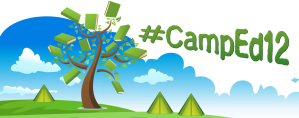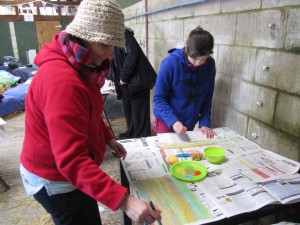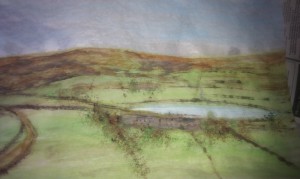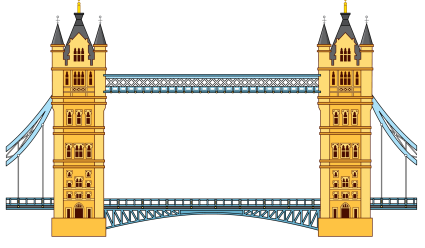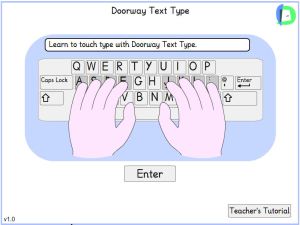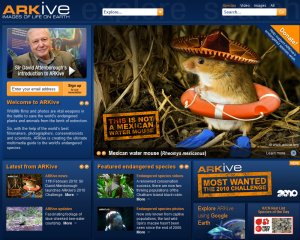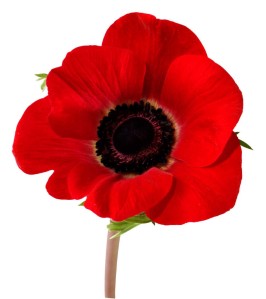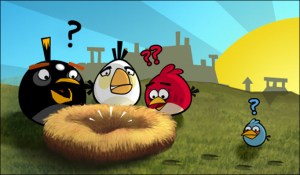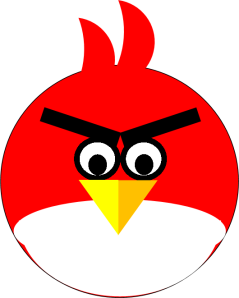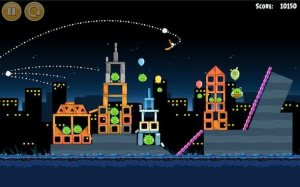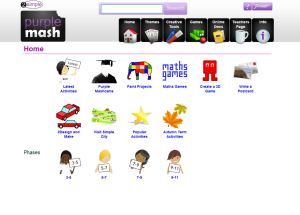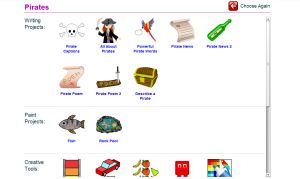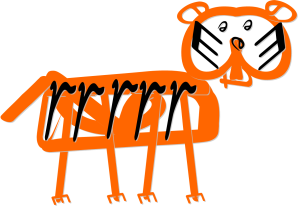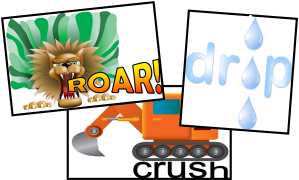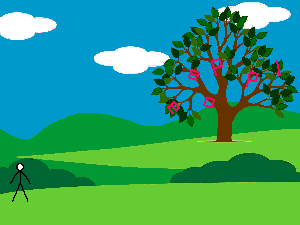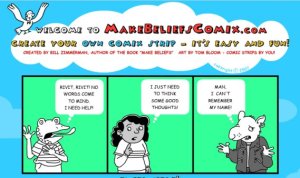Over the bank holiday weekend I made the five and a half hour trek from Pembrokeshire to Yorkshire to be involved in what ended up being the most enjoyable educational themed event I’ve ever been to: CampEd12. I can’t even put into words what ultimately made it so wonderful, I just know I spent the whole time with a smile on my face. What began as a little fun chat on twitter turned into a truly magical experience for all involved, and fo that thanks have to go to the terrific trio of Dughall, Bill and Helen. Pulling the event off was quite an achievement – well done guys!
So…let’s start with day 1. We were a bit late arriving to the actual camp site, so missed the introduction, and a lot of the earlier arrivals were out doing things already, but this didn’t really matter. I was met with one smiling face after another: James Langley and his geocaching crew, Penny Patterson, who leapt upon the opportunity to photograph my hair (this, I found out later, was something to do with Mission Explore), the blooming Helen and her family, an assortment of smiling, excited children and, finally, Kevin McLaughlin, his partner and his gorgeous baby girl. After the art equipment for Saturday’s activities had been unpacked and the guitar had been brought in ready for the evening’s sing song sesh, it was time for a mug of tea and a chat. My son, Matty, sat himself on a nice comfy bale of straw and got out his sketch book while Kevin’s little one had a bit of fun with the iPad. She tried out a few different apps but her favourite was definitely Draw Stars! Actually I was slightly overstating it when I said Kevin’s tot was trying out apps: it was more a case of us showing her apps and encouraging her to interact, which she did with varying degrees of success. What she really wanted to do though was turn the iPad over to see if she could work out where the twinkly noises were coming from! Anyhoo – it was great fun.
Eventually a few more people started to arrive and more chatting ensued. I had a great discussion with Vicki McCormick about apps that would work in a Foundation classroom and then, after what seemed hardly any time at all, we all decamped to the local to watch the FA Cup final. To be fair not a lot of football watching was done – we were having way too much fun chatting about other stuff! After the football (who won? what was the score?) it was back down ‘the hill’ (this blog post explains all about the significance of ‘the hill’) for a bbq and the aforementioned sing song sesh, as organised by the fabulous Dan Bowen, who showed unbelievable patience with us people pretending to be guitarists (okay – that would just be me). I believe all genres were covered (ish) by our little band although we did suffer the blow of ace guitarist TeaKayB leaving to set up his telescope (yes, that’s right, we even had night time activities). Despite this the band carried on and we’re ‘bulked up’ by the addition of a percussion section (mainly Tony Parkin with assistance from others), the additional vocal oomph of Alex Bellars and assorted backing singers. The band also managed to encompass all age groups: from the under tens to the previously mentioned Mr Parkin (now known as ‘the old bloke’ – more of that later). As we were among the group that were not camping the end of the night involved another trip up ‘the hill’ to get back to the warmth of the b&b: some people were far braver and camped on site. I salute you all!
And so to day 2. Matty was keen to try out geocaching while I set up and organised the art activities in the barn so he set off with Susan Banister, Penny and Tony in what I believe was a dream team scenario. Matty has never been good with names and later returned to tell me he’d had a great time with my friend with brown hair (Susan), the nice lady with white hair (that’ll be Penny) and the old bloke! The choice of activities was quite diverse: day two included den building, moor walking, football fun, paper folding, science activities, daytime astronomy in addition to the art and geocaching already mentioned! This was where I realised that running a session meant I missed out on trying out a few new things – something I’ll bear in mind next time ;). The main art activity was tissue paper painting but there was plenty of sugar paper and other resources available for younger children to just have messy fun with as well (and that they did) – it was definitely an equal opportunities workshop! The finished artwork was amazing – there was a little bit of everything and many finished images were inspired by the landscape, including the one below (an amazing piece created by Alex). It must be said that all the pictures were special in their own way. A particular mention must go to Steve Bunce’s rainbow stripe picture which many felt paid homage to Tony Parkin’s 80’s style jumper from the night before (I’ll let you make up your own mind…).
Day two finished with the ‘official dinner’: lovely food and great company (Matty particularly enjoyed spending time with fellow Red Dwarf fan TeaKayB and Emma) with much reflection on the events of the past two days. Plans were hatched, friendships were forged and ideas were swapped but the general feeling was the sort of warm fuzzy glow that can only come from spending time with people who are all pulling together to make something happen. It does your soul good to be part of something that is inspirational and it was wonderful how everyone just got along and made the magic happen. A big thank you must go out to everyone involved for making Matty (who is usually quite shy and quiet) feel part of things: he really got a lot out of the weekend and cheerfully talked with anyone who cared to spend a bit of time with him.
The weekend ended with emotional goodbyes, lots of ideas and the packing of cars. As everyone set off to their various home destinations we were already thinking about the next steps. If I could bottle the atmosphere of the whole weekend and take it with me everywhere I would. That has to be the mark of something very special.

